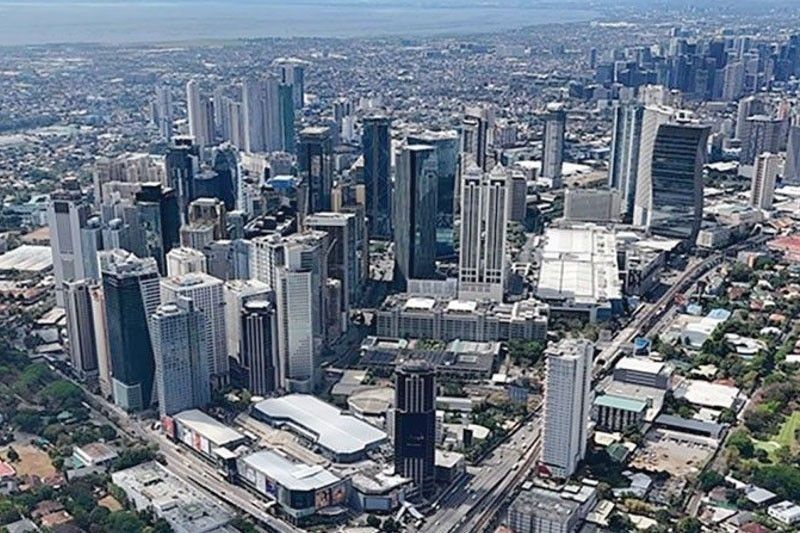PIDS: Economy to grow by at least 5.8% this year

MANILA, Philippines — The Philippines is expected to post a faster growth of 5.8 to six percent this year from a year ago, with the expansion to be supported by government spending as well as consumption, according to the Philippine Institute for Development Studies (PIDS).
“As base effects subside and based on recent and foreseeable developments in the Philippine economy, we estimate a year-on-year GDP (gross domestic product) growth for 2024 to pick up between 5.8 percent and six percent,” a PIDS discussion paper titled “Macroeconomic Prospects of the Philippines in 2024-2025: Toward Upper Middle-Income Status” said.
For the fourth quarter alone, PIDS expects GDP growth to be at six percent.
The Philippine economy grew by an average of 5.8 percent from January to September.
To reach the government’s six to seven percent growth goal this year, National Economic and Development Authority Secretary Arsenio Balisacan said the economy needs to post at least 6.5 percent growth in the fourth quarter.
PIDS said this year’s growth would be driven by continued government spending on infrastructure development.
The report said the GDP growth’s trajectory for the fourth quarter, in particular, would be supported by slower inflation expectations and relaxation of policy rates that will drive firms to borrow more to expand business operations, contribute to the recovery of employment and increase household purchasing power and consumption.
While the Bangko Sentral ng Pilipinas has started to relax policy rates, there is an estimated lag in the effect of monetary policy – anywhere between four and seven quarters.
As such, PIDS said the full extent of the monetary easing may not be fully manifested in this year’s GDP growth.
For next year, PIDS expects GDP growth to be at 6.1 percent, below the government’s 6.5 to 7.5 percent growth goal.
The forecasts are based on expectations of easing inflation and policy rates that will reinforce consumption and investments by the private and public sectors.
“Growth is also supported by enhanced household consumption driven by improving employment rates and steady inflow of remittances from abroad and election spending in the first half of 2025,” the report said.
Continued government spending for infrastructure projects will also fuel future growth.
Despite expectations of improvements in macroeconomic conditions, the authors said the growth outlook is impeded by downside risks from the global economy such as geopolitical threats, deteriorating economic conditions of key partners, as well as domestic headwinds such as unclear fiscal and monetary policies, lack of access to credit, domestic competition, labor problems, threats of natural calamities and the volatilities in exchange rate.
“Outlook on Philippine GDP growth remains volatile, uncertain, complex, ambiguous and disruptive as indicators remain conditioned on economic policies to be implemented by global powers and how responsive the economy would be,” PIDS said.
It also said the Philippines’ growth in the first semester falls short of the required growth to become an upper middle-income economy by 2025.
To enter the upper middle-income grouping, the authors said the Philippine economy must be able to increase its per capita GNI (gross national income).
“By sustaining at least a six to seven percent GDP growth, accompanied by continued growth in net factor income from abroad through remittances and overseas investment income, GNI can increase alongside the current decline in average annual population growth rate,” PIDS said.
According to the Philippine Statistics Authority, the average annual population growth rate is estimated to decline from 0.84 percent for the period of 2020 to 2025 to 0.35 percent for 2050 to 2055.
“Hence, to increase per capita GNI towards upper middle-income status, the growth of GNI must be significantly faster than the population,” PIDS said.
- Latest
- Trending






























